Attractions inside the Chittorgarh Fort: A winding hill road of more than 1 km length from the new town leads to the west end main gate, called Ram Pol, of the fort. After riding across Kumbha’s Palace, there is a ticket counter for the entry ticket to the fort. From there, A circular road within the fort links all the gates and provides access to the numerous monuments in the fort. Here is the rough idea of the monuments in the fort:
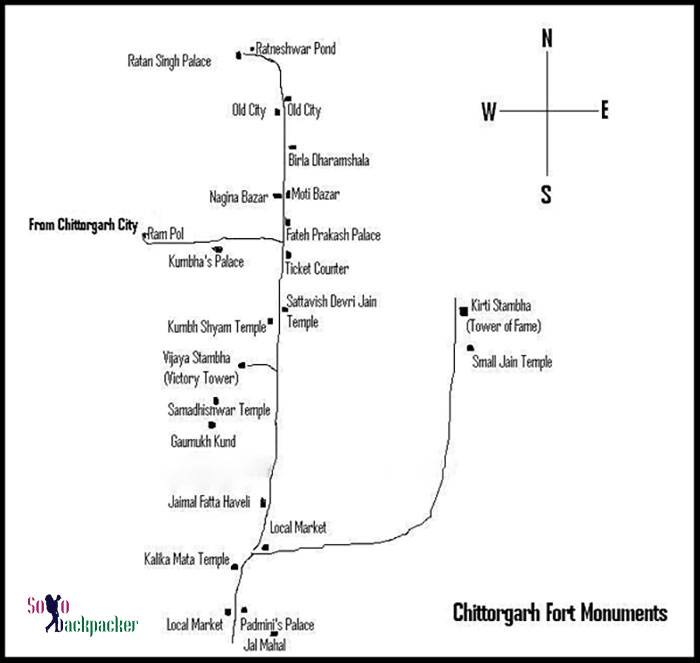
Rana Kumbha’s Palace: At the entrance gate near the Vijaya Stamba, Rana Kumbha’s palace, the oldest monument, is located. The palace included elephant and horse stables and a temple to Lord Shiva. Maharana Udai Singh, the founder of Udaipur, was born here. The palace is built with plastered stone. The remarkable feature of the palace is its splendid series of canopied balconies. Entry to the palace is through Suraj Pol that leads into a courtyard. Meerabai also lived in this palace. This is also the palace where Rani Padmini, consigned herself to the funeral pyre in one of the underground cellars, as an act of Jauhar along with many the other women.
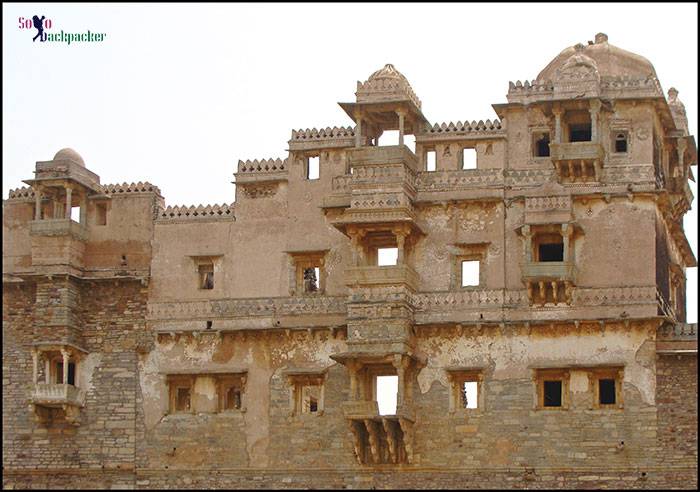
Khumbh-Shyam Temple: Build by Maharana Kumbha in 1449, this lord Vishnu Temple has beautiful idols in its sanctum, mandap and pillars. In the same premises, there is a small temple of Lord Krishna. This small temple is dedicated to Meerabai, a Rajput Princess, who later became a Hindu mystical singer and devotee of Lord Krishna.
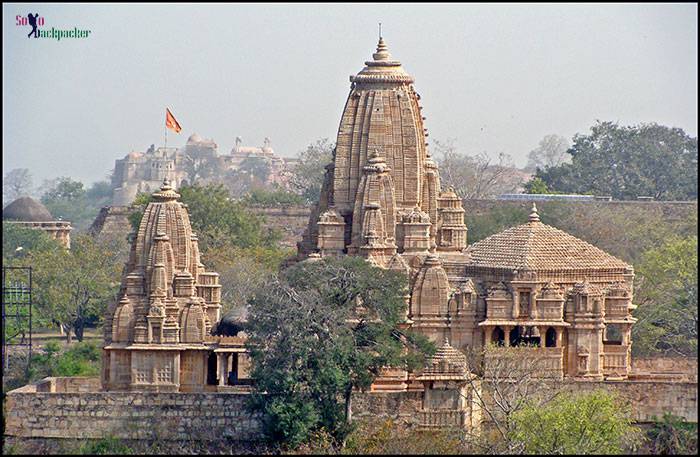
Vijaya Stambha (Victory Tower): This tower (37.19 metres high) is consecrated by Maharana Kumbha in 1448 AD to commemorate his victory over Mahmud Shah I Khalji, the Sultan of Malwa, in 1440 AD. Dedicated to Vishnu, It is built partly of red sand stone and partly of white marble and covered with architectural ornaments and inscribed images of gods and goddesses, seasons, weapons, musical instruments etc.
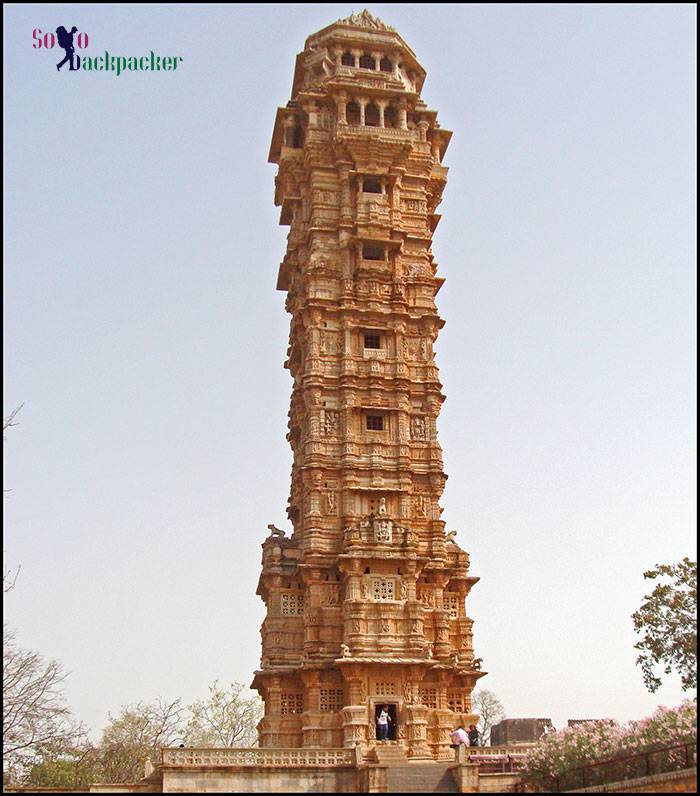
This exemplary piece of architecture stands on a pedestal 10 feet high. Each of the nine stories are distinctly marked with openings and balconies at every face of each story. The interior staircase of 157 steps winds alternately through the central chamber and surrounding gallery and reaches up to the 8th floor. From there, you can see a beautiful view of the city of Chittor. The dome, which was a later addition, was damaged by lightning and repaired during the 19th century. The Stamba is now illuminated during the evenings and gives a beautiful view and it is a free entry for Indians with fort visit ticket and Rs.50 for foreign nationals in addition to the fort visit ticket.
Samadhishwar Temple: Dedicated to Shiva, this temple was built by Bhoja Paramara in the middle of the 11th century AD. It was renovated by Mokal in 1428 AD. It consists of a garbhagriha, an antarala and a mandapa with three porticos on its north, south and west. The colossal image of Trimurti Shiva is enshrined in the sanctum. The interior and exterior of the temple is elaborately carved with figures of gods and goddesses and other decorations. To the south of it, a long staircase descends to the sacred Gaumukha.
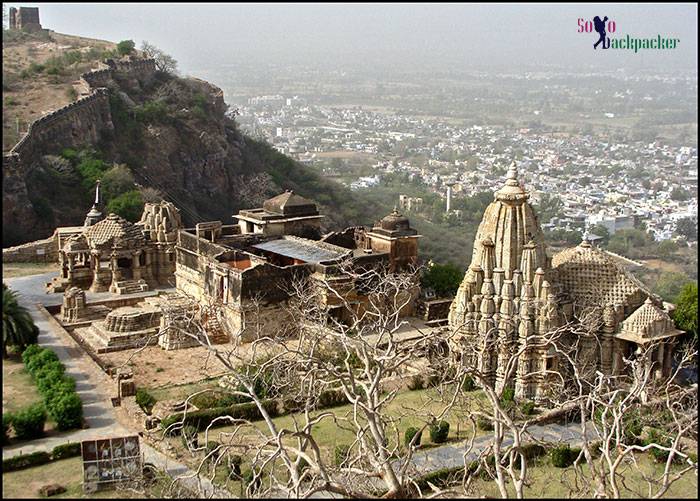
Gaumukha Kund: A deep tank filled by a spring coming from a ‘cow mouth’, situated at the edge of the cliff, near Samadhishwar Temple. It is considered to be sacred where you can feed the fishes.
Kalika Mata Temple: Across from Padmini’s palace is the Kalika Mata Temple. Originally, a Sun temple dated to the 8th century dedicated to Surya -the sun-god, was destroyed in the 14th century. It was rebuilt as a Kali temple.
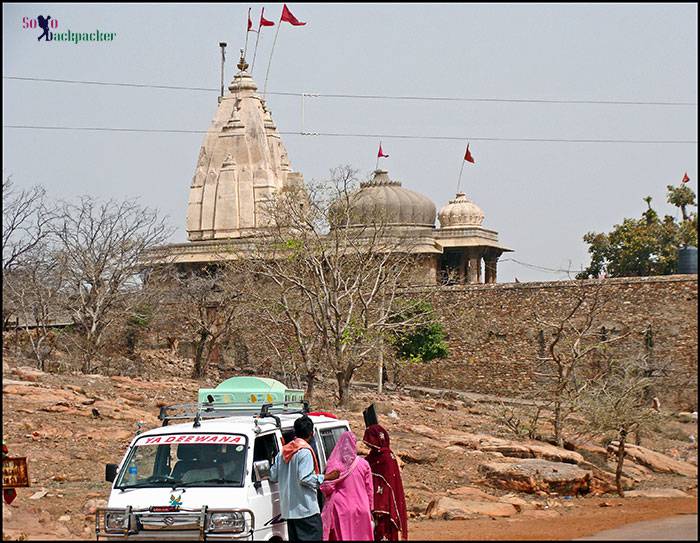
Padmini’s Palace (Queen’s Palace): This palace is of immense historical importance in the history of Mewar. Associated with Rani Padmini, this beautiful building stands in the northern part of the Padmini lake. It is said that here Rana Ratan Singh showed a glimpse of legendary beauty of his wife Padmini to Ala-ud-Din Khalji through a mirror located in a room of the southern part of the palace. After which, Ala-ud-Din Khalji decided to ravaging Chittor in order to possess her.
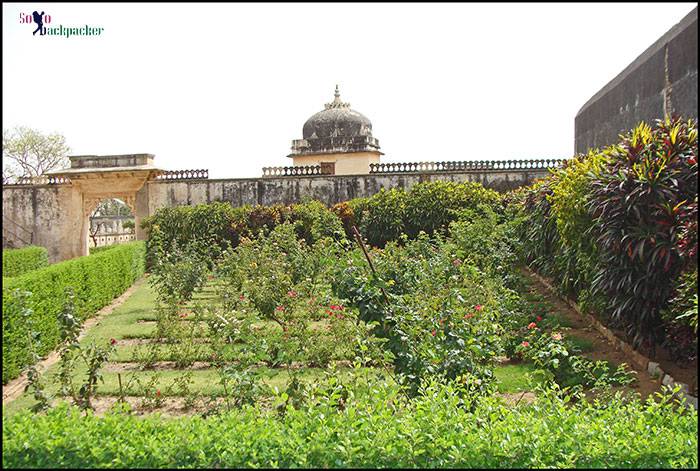
In the middle of the lake there is a three storyed structure with arched opennings and locally known as Jal Mahal. Chhatris (pavilions) crown the palace roofs and a water moat surrounds the palace. This style of palace became the forerunner of other palaces built in the state with the concept of Jal Mahal (palace surrounded by water).
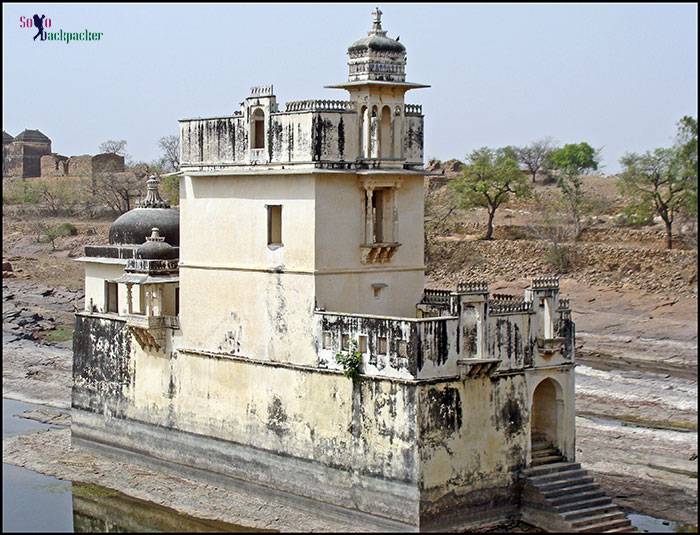
Kirti Stambha (Tower of Fame): Kirti Stambha is a 22 m high tower built on a 9.1 m base with 1.4 m at the top, is adorned with Jain sculptures on the outside and is older (probably 12th century) and smaller than the Victory Tower. Built by a Bagherwal Jain merchant Jijaji Rathod, it is dedicated to Adinath, the first Jain tirthankar (revered Jain teacher). In the lowest floor of the tower, naked figures of the various tirthankars of the Jain pantheon are seen in special niches formed to house them. A narrow stairway with 54 steps leads through the six stories to the top. The top pavilion that was added in the 15th century has 12 columns.
Fateh Prakash Palace ( Open daily except Friday (10 a.m. to 4.30 p.m.)): Build by Maharana Fateh Singh this huge palace is of morden style. This place has been named Fateh Prakesh after Maharana Fateh Singh. There is a big Ganesh idol, a fountain, and different frescoes which are to be seen to be believed. This palace, now a museum, has a rich collection of sculptures from temples and buildings in the Fort.
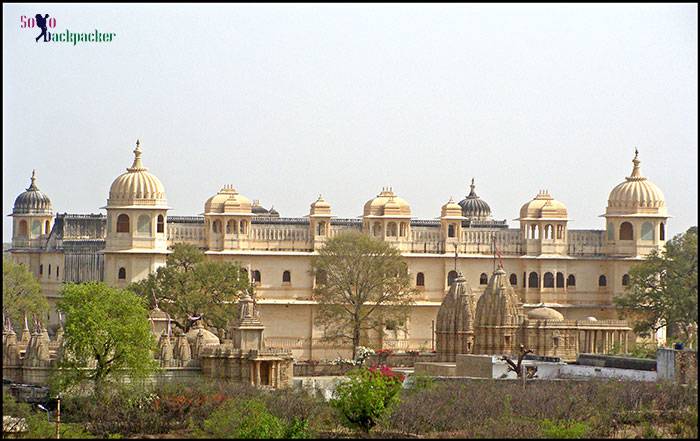
Jain Temples: At present six jain temples on the fort of Chittor. The largest and chief among them is the temple of Bhagawan Adinatha with fifty-two devkulikas. The place of this temple is known as ‘Sattavish devri’. It means that at some time in the past, there were twenty-seven temples here.
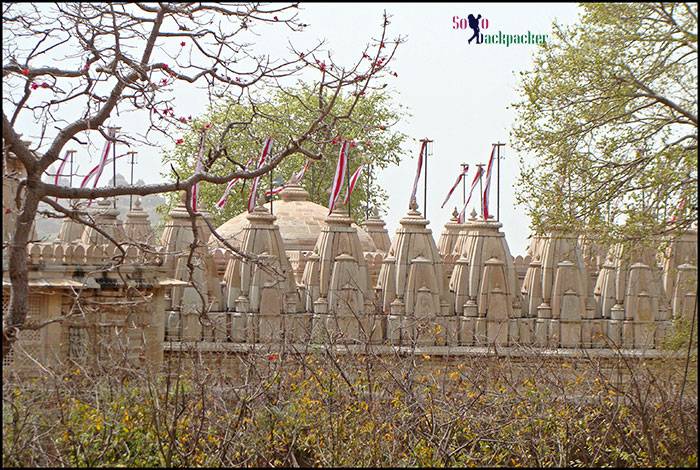
Nagina Bazar: There are ruins of Nagina Bazar and Moti Bazar on the road going towards Ratan Singh Palace from Kumbha’s Palace. The ruins extended along the both sides of the road. It served as the local market for the residents of the fort, but now only ruins are visible on both sides.
Ratan Singh Palace: Ratan Singh Palace is situated at the northern end of the fort. It was built as a winter resort for the kings. Looking over a small lake, Ratneshwar Pond, it presents a picturesque sight. It is rectangular on plan and comprises a courtyard surrounded by rooms and a pavilion with balcony on the eastern part of the second storey.
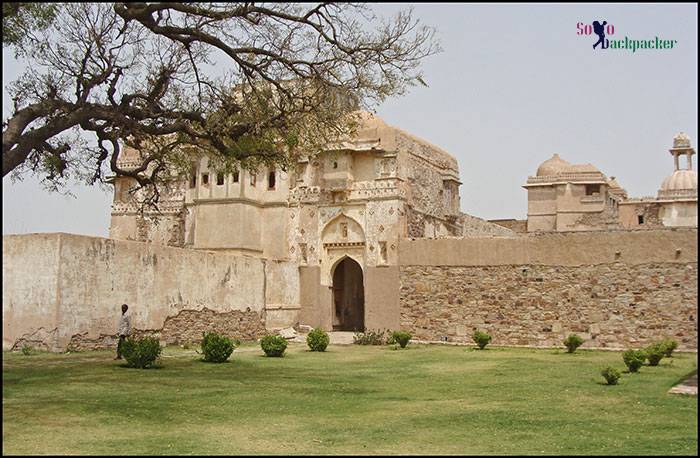
This ends my romance with the ruins of Chittorgarh Fort. In childhood days,I have read a lot about Chittorgarh in the history books, but actually being there was a great feeling. It was just like witnessing the all historical events with my own eyes.


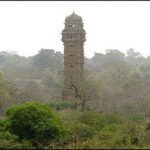
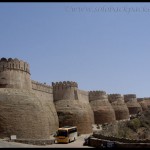
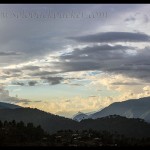
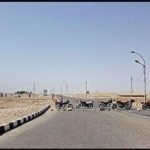

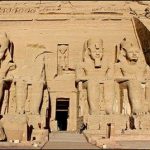
Great pictorial representation of the trip. Going through this post definitely says that pictures speak louder than words. We too visited the fort recently. Here is our story of the visit –
http://www.expressions-kt.in/2015/07/delving-into-history-fort-city_29.html
Super. Excellent pictures. The Vijay Stambha looks awesome 🙂
Fine post dude
Very well written… Informative and adorned with Gorgeous images…Guide map is really rare…
Wow.. Awesome Place…
Thanks guys for liking this post..
Lovely narration of Chittorgarh!!! Thanks for sharing
Lovely place…Incredible India 🙂
Amazing images with great details. This place is in my wish list for too long now.